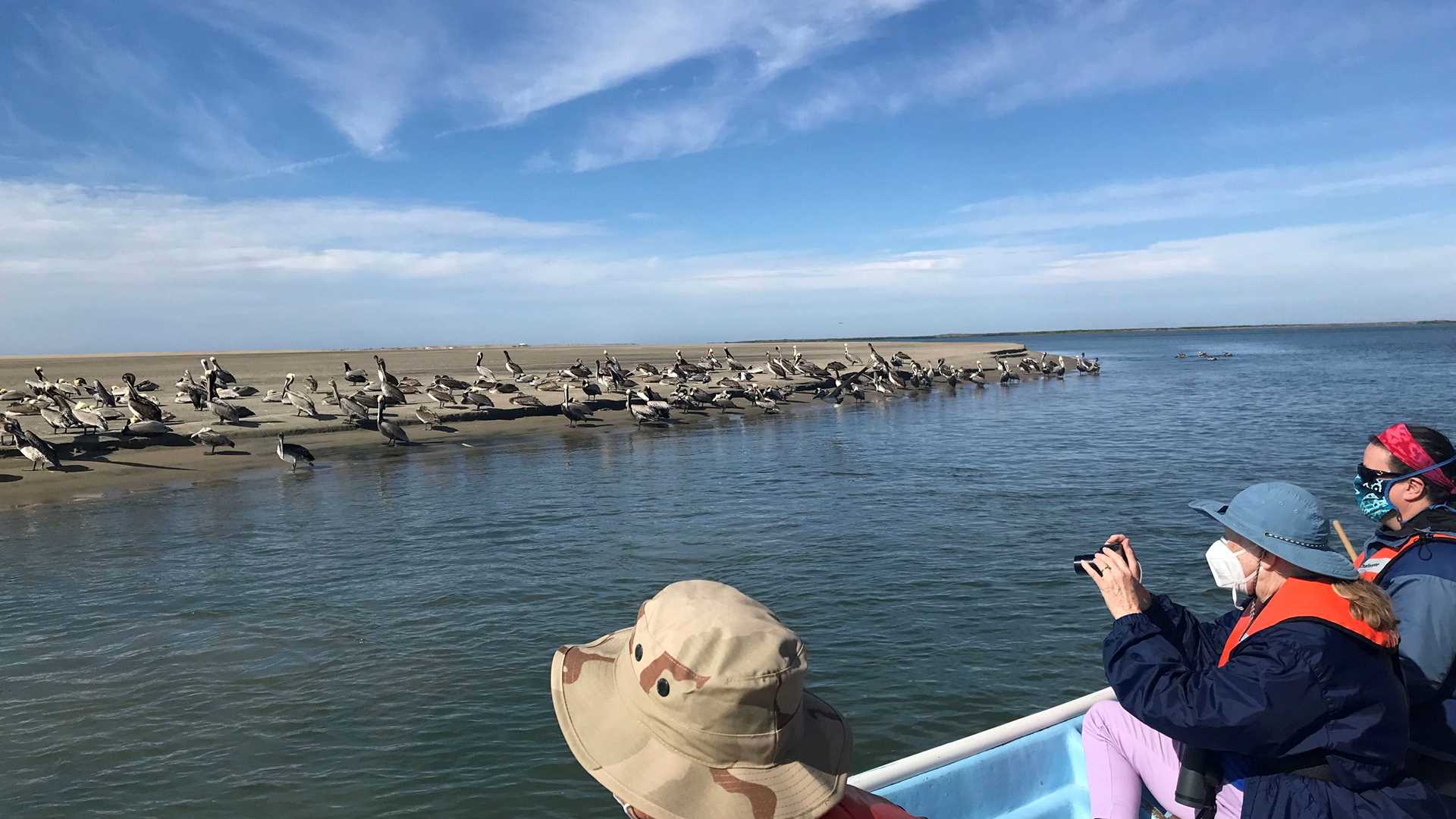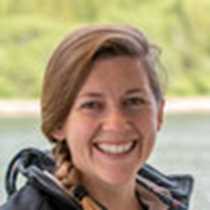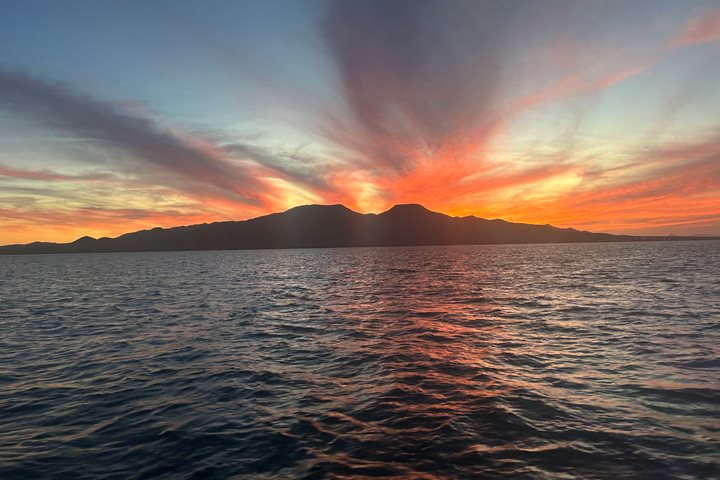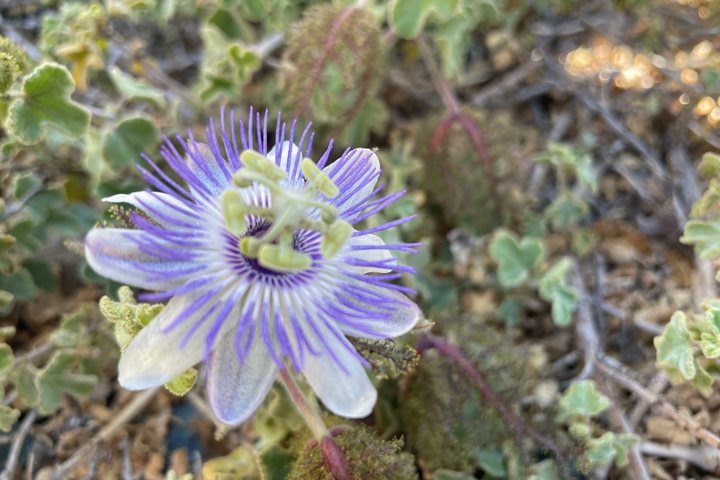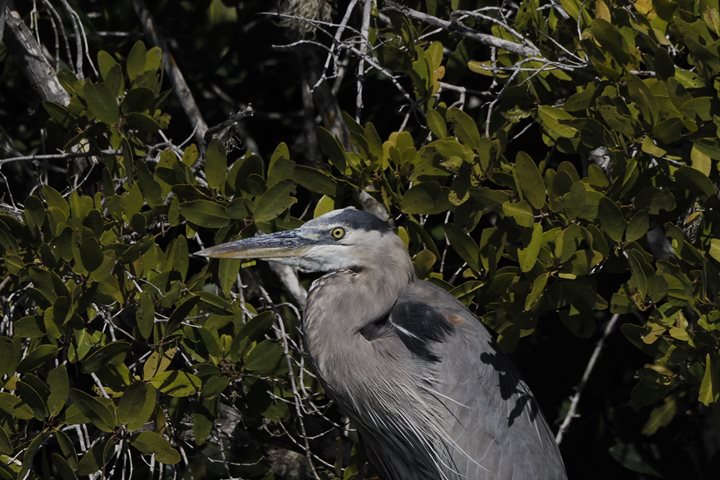We enjoyed a day packed full of panga rides through the mangroves and dune ecosystems of Boca de Soledad. The morning consisted of a few gray whale sightings, but other wildlife came out to give us the real show. Bottlenose dolphins swam nearby to get up close and personal with our pangas. We spotted many of the birds of Baja that utilize mangroves for nesting and resting spots, including ibises, frigates, pelicans, and even a nesting bald eagle!
Later in the evening, we went ashore for our beach barbeque. We walked the sand dunes, caught the sunset, and even enjoyed live music from local musicians, Los Coyotas. We danced, gathered around the fire, and a few of us even roasted dune s’mores! As the stars came out, we headed back to National Geographic Sea Bird to get some rest for our last full day of the expedition.

